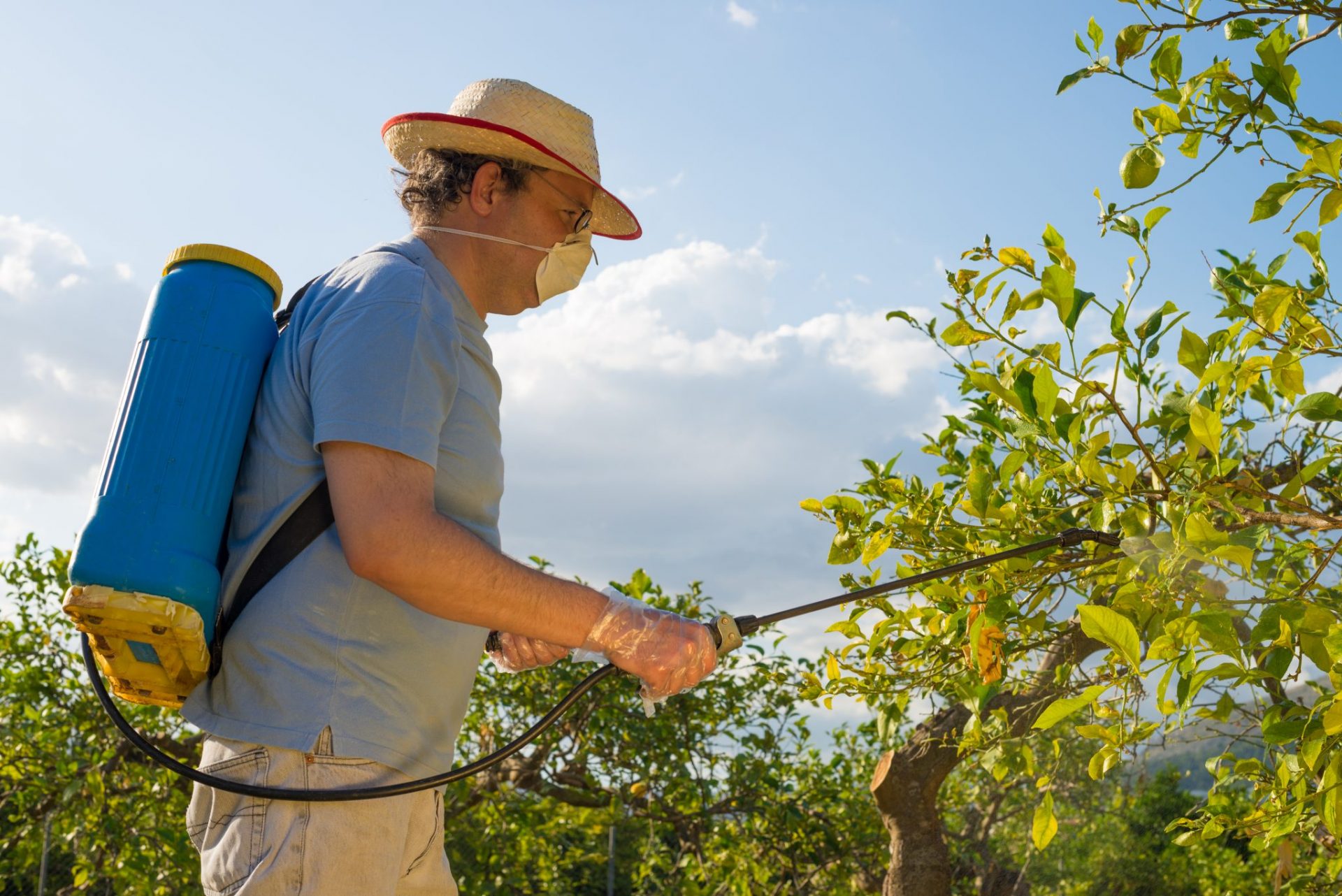Sunscreen warning: Is the Sunscreen Innovation Act of 2014 actually promoting skin cancer?
(NaturalHealth365) We all know the statistics: skin cancer is the most common form of diagnosed cancer in the U.S. There are many reasons for the epidemic: the thinning of the ozone layer; our blind trust in labels and even toxic sunscreen products. (to name a few)
The Sunscreen Innovation Act (SIA) was specifically designed to address the ‘effectiveness’ of sun-protective products as well as evaluate the overall health and safety risks of sunscreen ingredients. The Act passed in November, 2014, but what has it done so far to help consumers?
Just what is the Sunscreen Innovation Act designed to do?
The Sunscreen Innovation Act was created in response to the fact that the U.S. Food and Drug Administration (FDA) has not approved new active sunscreen ingredients since 1999, despite these ingredients being approved and used in Europe for years. One of the differences between sunscreens being sold in Europe and in the United States is that European sunscreens are considered “cosmetics” while in the United States, over-the-counter (OTC) sunscreens are considered medications.
One would think that the U.S. categorization would lead to tougher sunscreen regulations in the United States, right?
However, until the passing of SIA, the FDA did not really have a formal review and approval process for OTC sunscreens. The last time the FDA conducted a review of sunscreen quality prior to SIA was in 2012, when many questionable ingredients were still in a regulatory “holding tank.” Due to vague regulations, the FDA at the time simply allowed the majority of these new products to go to market under the categorization of “broad spectrum.”
“Broad-spectrum” implies that a sunscreen has good UVA protection. UVA rays are subtler than UV rays. They often do not burn the skin outright, but they do contribute to cancer such as melanoma. Many of the products that the FDA let go to market in 2012 did not, in fact, contain adequate UVA protection.
SHOCKING PROBIOTICS UPDATE: Discover the True Value of Probiotics and How to Dramatically Improve Your Physical, Mental and Emotional Wellbeing with ONE Easy Lifestyle Habit.
Toxic problems exposed within the sunscreen industry
A July 2016 joint study conducted by researchers from the Feinberg School of Medicine at Northwestern University in Chicago and Duke University analyzed the top 1 percent of sunscreen products on Amazon. Of the 65 products chosen, 92 percent claimed to be “Broad Spectrum.” However, the team found that 40 percent of those who made this claim did not adhered to American Academy of Dermatology (AAD) sunscreen guidelines. In addition, many continue to contain toxic ingredients.
“During the past 50 years, we have increased the number of synthetic sunscreen chemicals that we use,” says health researcher Dr. Peter Dingle. “We have done this with virtually no consideration of how vulnerable we are to these chemicals – or how little we know about their subtle and cumulative toxic effects. We assume that because they are so easily purchased from the supermarket shelf, they must be safe to use.”
The U.S. Sunscreen Innovation Act of 2014 supposedly set up a review and approval process for current sunscreens as well as new ones awaiting approval. The Act was also designed to:
– set time limits on approval of sunscreen ingredients
– require the U.S. Secretary of Health and Human Services (HHS) to decide whether current and future over-the-counter sunscreens are “generally recognized as safe” and effective and are “appropriately labeled”
– require that the HHS make determinations on testing and labeling of aerosol sunscreens, including whether a sunscreen must contain a label indicating a Sun Protection Factor (SPF) of greater than 50 (many sunscreens labeled 50 and above are misleading since many only protect against UV rays, not UVA rays)
Some insiders have expressed frustration as to the time it has taken for the SIA to kick into gear:
“There are about 10 active sunscreens that were supposed to be tested by the FDA that are being used in countries outside the United States,” explained Guerry Grune, PhD, in an interview in early 2015. Grune is the creator of Third Rock Sunblock, a mineral-based sun protectant and was also on the committee that helped pass the SIA. “Those sunscreens have not been approved by the FDA because they have not been tested … The FDA still has done nothing because, even though [the Act] passed, there was not funding attached to it.”
If you must use sunscreen, avoid products with cancer-causing chemicals
Whether or not the SIA will eventually do all it says it will do, the best action is to arm yourself with the facts. First of all, the sun is not your enemy, as sunscreen companies would have you believe.
Vitamin D, vital for cancer prevention, comes from sun exposure and studies have connected the lessening of depressive states and even autism to regulated sun exposure WITHOUT sunscreen. After about 20 minutes, the best sunscreen is always a hat and a long-sleeve shirt and there are also MANY WAYS to protect yourself from UVA rays naturally, from the inside out.
If you must use sunscreen, however, be sure to avoid products that contain the following chemicals:
- Oxybenzone
- Cinoxate
- Octyl salicyclate
- Dioxybenzone
- Phenylbenzimidazole
- Homosalate
- Methoxycinnamate
- Menthyl anthranilate
- Para amino benzoic acid
- Octocrylene
- Parabens
All of these can produce xenoestrogens in the body, which can lead directly to breast cancer and other diseases specifically effecting hormone balance, thyroid health and the reproductive system. Studies conducted by the U.S. Center for Disease Control and others have found that over 95% of Americans tested had oxybenzone, a UV-protectant, in their urine.
And what about those ingredients that the FDA is now under pressure to lend their stamp of approval on? As of February 2015, the FDA has decided against eight of them. In a blog written by Dr. Theresa M. Michele, Director of the Division of Nonprescription Drug Products for the FDA’s Center for Drug Evaluation and Research, the FDA is calling into question whether ingredients such as drometrizole trisiloxane, ecamsule, and enzacamene, which are approved in Europe, are indeed safe.
“There is apparent confusion as to why ingredients that have been on the market for years in other countries cannot be used in the U.S. without further review by FDA,” says Michele. “While information on marketing history in other countries is helpful, what we can learn from it is limited. For example, such information doesn’t tell us anything about the long-term effects from use of the ingredient or how much is absorbed.”
One chemical in question is 4-MBC. The pharmaceutical company Merck has applied to the FDA for permission to use this ingredient, yet studies have already confirmed it as a potent hormone disruptor, especially for fetuses and young children. In a study conducted back in 2001, when 4-MBC was applied to the skin of rats, it “doubled the rate of uterine growth well before puberty.”
We as a society have a long way to go in assuring that citizens all over the world are consuming safe personal care products. I believe that the passing of the Sunscreen Innovation Act is a step in the right direction, but it is still up to all of us to be proactive with prevention.
Take the time to educate yourself about ingredients and consider using a resource such as the Environmental Working Group’s Best Sunscreens Report. Then vote in favor of health with every dollar you spend.
About the author: Dr. Veronique Desaulniers (“Dr. V”) is a best-selling author and specialist in Chiropractic, Bio-Energetics, Meridian Stress Analysis, Homeopathy and Digital Thermography. After 30 years in active practice, she decided to “retire” and devote her time to sharing her personal, non-toxic Breast Cancer healing journey with others. Her years of experience and research have culminated in “The 7 Essentials™ “, a step-by-step coaching program that unravels the mystery of healing the body. Her website and personal healing journey have touched the lives of thousands of women around the globe. To get your F.R.E.E. 7-day mini e-course and to receive her weekly inspiring articles on the power of natural medicine – visit: BreastCancerConqueror.com
References:
https://www.surgeongeneral.gov/library/calls/prevent-skin-cancer/exec-summary.html
https://en.wikipedia.org/wiki/Sunscreen_Innovation_Act
https://www.passcoalition.com/index.php/media-info
https://www.loc.gov/search?new=true&q=sunscreen+innovation+act+2014
https://novaholisticjournal.com/stories/how-toxic-is-your-sunscreen
https://www.ewg.org/sunscreen/report/does-europe-have-better-sunscreens/
https://blogs.fda.gov/fdavoice/index.php/2015/02/shedding-some-light-on-fdas-review-of-sunscreen-ingredients-and-the-sunscreen-innovation-act/
https://www.ncbi.nlm.nih.gov/pubmed/22612478
https://www.ncbi.nlm.nih.gov/pmc/articles/PMC1240241/
https://www.medicalnewstoday.com/articles/311507.php
https://archderm.jamanetwork.com/article.aspx?articleid=2532615#










